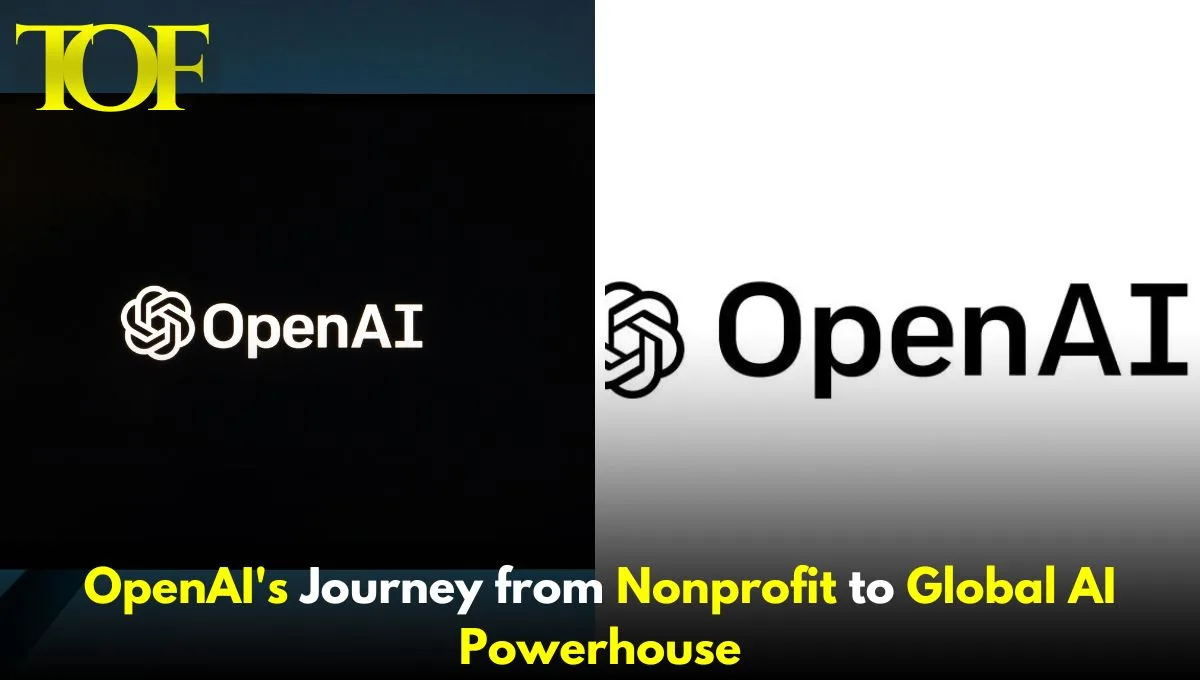A 2015 nonprofit, OpenAI was established with the grand aim of working towards making artificial intelligence for humanity. The effort was led by influential leaders of tech as well as researchers, a group that aimed to ensure such AI would be developed in an altogether safe and ethical manner a benefit to people as a whole. However, the journey has not run quite so smoothly, and the mission set has notably evolved.
This increased OpenAI’s transformation speed because its ambitious goals require enormous funding. By 2019, it had established a unique structure: a for-profit arm controlled by a nonprofit board. This hybrid was founded in a manner that, while letting the corporation take investments, OpenAI’s philanthropic mission is guarded to attract investors with promises of limited returns, thereby reducing the lure of too much profit-gathering.
The ChatGPT 2023 launch, has brought OpenAI into the international spotlight as well, which increases its worth and puts pressure on scrutiny about its functions. Chief Executive Sam Altman confirmed that the mission of OpenAI was still focused on public good, despite growing pressure from investors for a more conventional approach that would generate profit. Tensions reached a head when the nonprofit board removed Chief Executive Sam Altman briefly, citing concerns over governance and transparency, an issue that brought intense debate over the trajectory of OpenAI.
According to a report, OpenAI has been looking to move in a more corporate direction. It may even aim at becoming a public benefit corporation. This is something that, in clever execution, could balance the need for the innovation of OpenAI, its profits, and keeping the soul of the vision that established OpenAI in the first place. Most observers are at their fingertips, wondering whether such an evolution would position OpenAI to bring about humanity’s best potential. Only time will tell if OpenAI will find how to chart the sustainable future of AI.
To Read More: Technology

